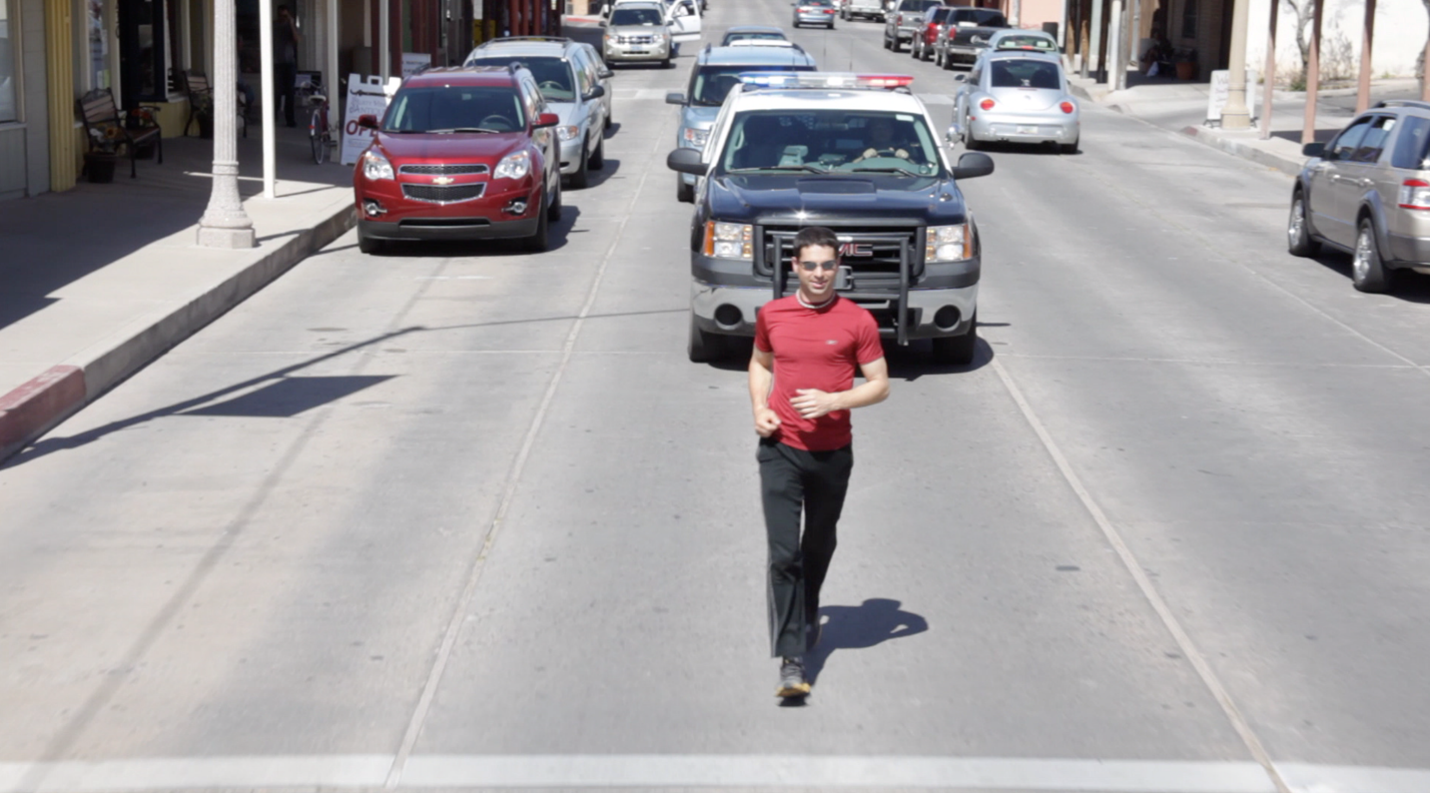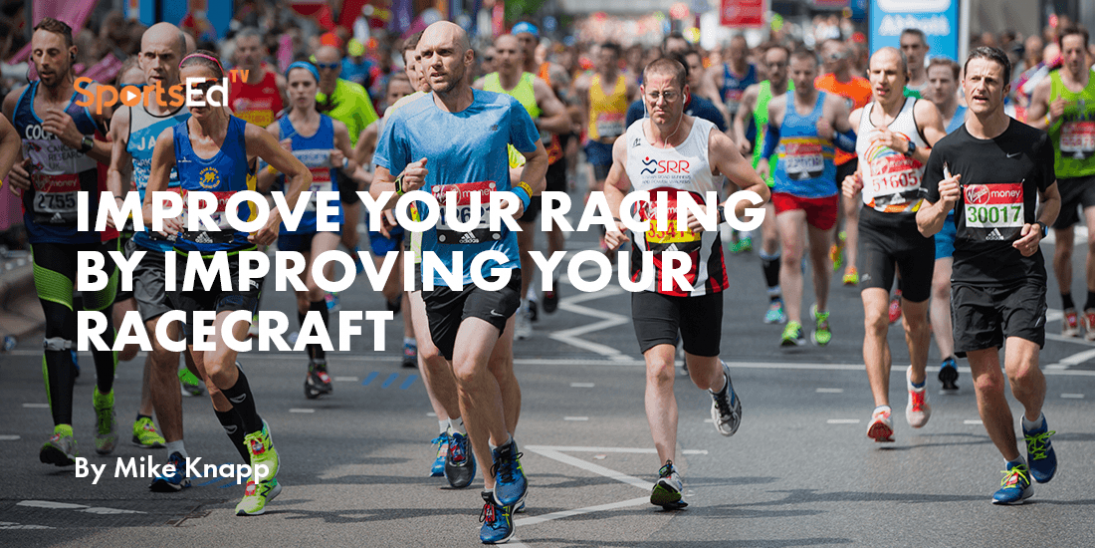Running
Welcome and thanks for visiting...

Why Most Marathon Advice Is Wrong Part I

I was not a runner just one year before I ran 100 marathons in 100 days. You probably only want to run one marathon, or maybe just a few. What I discovered is the best way to train for your first marathon, especially if you are new to running. Or if you want to enjoy running your next marathon faster, easier, and with less training.
This article is counter-common training advice to run your first marathon without killing yourself with hard training while reducing your risk of injury and enjoying the journey of crossing the finish line. So that you can receive the coveted finisher medallion to become a marathon athlete and enjoy the moment.
When I am asked, "What's your best running advice?" It is always this one concept because this is a game-changer for runners, even seasoned athletes. My answer is, "Run like our ancestors." I will explain.
What I am about to tell you will go against most of what you have heard. My way is not the only way, but it is a better way because it is the way we are designed to run. This is especially true for first-time marathoners and long-distance running. It is also great for runners who cannot break through a plateau or keep getting injured. Even the most experienced marathoners can pick up a few tips to improve their race time and efficiency.
Why listen to me?
Most said it was impossible. Even after I did it, many said it was impossible. Many thought I was lying and telling a joke. “Nobody can run a marathon every day,” but that is exactly what I did. I ran across America from San Diego to New York City. I ran 100 marathons in 100 days without a day off. The most amazing part is that just one year before, I was not a runner. I was barely more than a couch potato.

Since then, I have run tens of thousands of miles without any significant injuries. I also set a new world record running 146 miles nonstop through Death Valley, the hottest place on the planet. Plus, right now, I am training to run double the distance of a run across America. I am training to run from the southern tip of Argentina to the northern coast of Colombia. I will run 6,500 miles (11,000 Km). Yes, I am going to run up the continent of South America. That equals approximately 250 marathons in a row. Most are surprised to find out that I am now over 50 years old. Go big, or go home!
Now that might sound crazy, and it is a lot of hours running every day. But when you learn to run the way that your body is intended to run, running ultra-long distances become relatively easy.
The problem is that almost everything we are taught about running a marathon is wrong because one of two reasons.
#1 Reason why common running advice is wrong:
It trickled down advice on what the 2 - 3 hour marathon professionals do. Unless you are planning on running a sub-3 hour marathon, that advice is dangerous and wrong for the recreational person who wants to run a marathon and live to tell the story.
#2 Reason why common running advice is wrong:
It goes against the natural biomechanical design of our bodies and it is counterproductive to maximizing our efficiency. In other words, most runners, (that included me in the past) are training and running in ways that reduce your max potential.
We are inherently designed to run long distances. We are the only animal on the planet designed this way. Because of this, our ancestors could hunt and kill animals far faster and more powerful than humans because we could do what they can’t … run almost forever.
In future articles, I will discuss how to create a plan and timeline for your first marathon. For today, the most critical thing to learn is to train every day, start slow, and build to a Level 7.
What is Level 7?
I’ll discuss it in much more detail in the next blog, but for now, here is a peek at living levels that apply. Running in Level 7 equals sure success.
Level 1 - Sleeping.
Level 2 - Sitting on the couch.
Level 3 - Moving about the house
Level 4 - Casual walk
Level 5 - Brisk hardy walk
Level 6 - Easy casual run
Level 7 - Strong but comfortable run
Level 8 - Strong run at the edge of your max breath
Level 9 - Pushing beyond max breath for shorter distances
Level 10 - All-out sprint for short distances with collapse at the end.
Run for the joy of running and its benefits. Run because it will change your life. You literally and metaphorically become a different person.
If you have ideas, feedback, or would like to suggest a topic for me to write about, connect with me on Instagram /croixsather. Or on my website: https://www.croixsather.com/ where you can also get a free success training program.
Read more:





